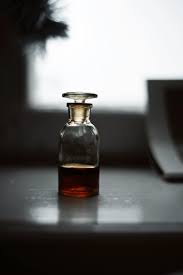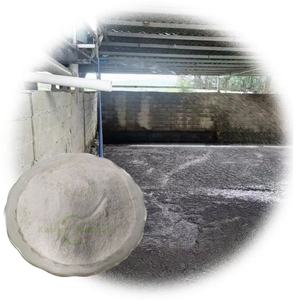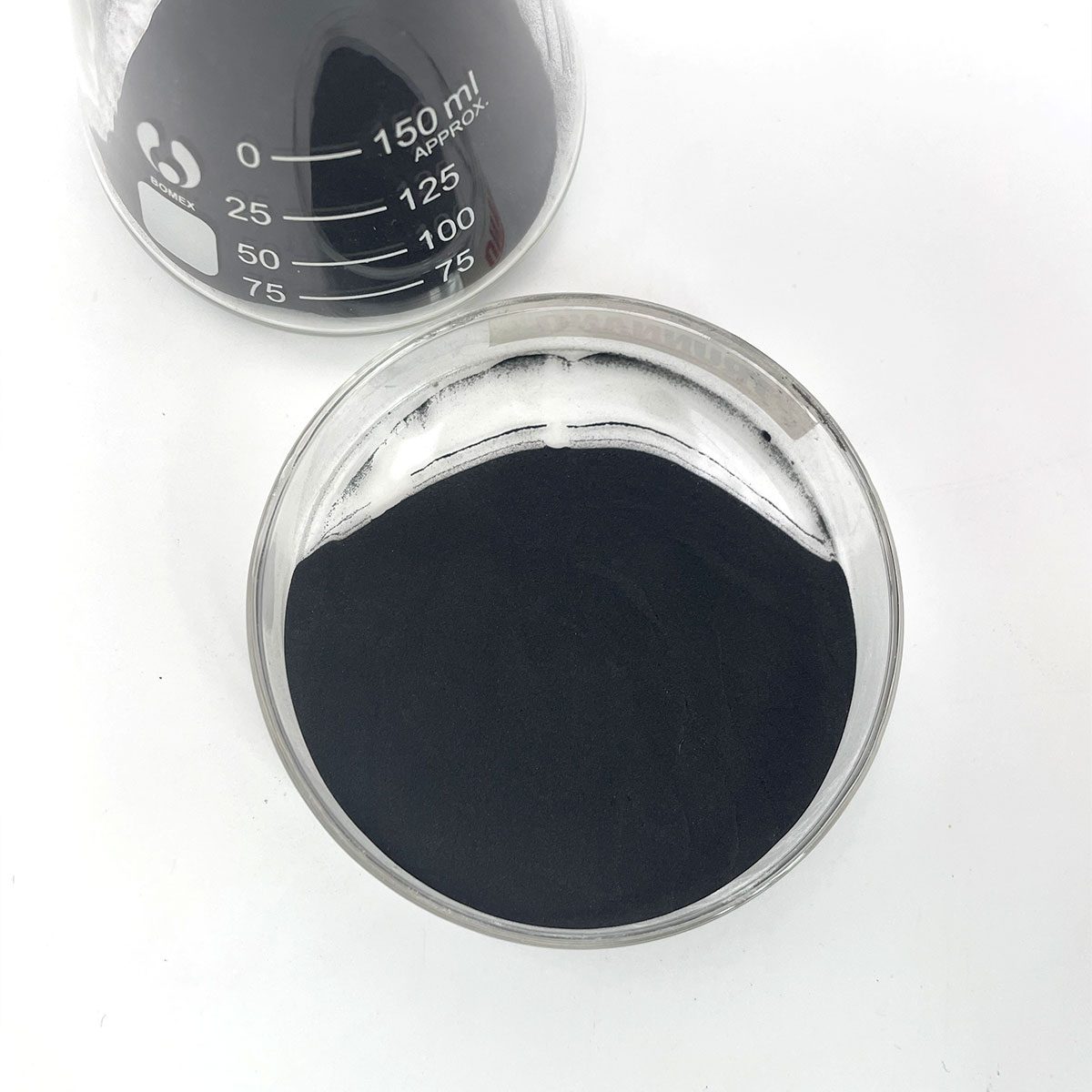Overview of Polyol/Polymer Polyol/Pop 45% for Polyurethane Foam
Polymer surfactants, also known as polymeric surfactants or amphiphilic polymers, are high-molecular-weight compounds that combine the properties of traditional low-molecular-weight surfactants with the unique features of polymers. Unlike small molecule surfactants, polymer surfactants offer enhanced stability, improved solubility, and the ability to form more complex structures such as micelles, hydrogels, and vesicles. These macromolecules find applications across a wide range of industries due to their tailored structures and tunable properties, which allow for precise control over interfacial behavior and solution rheology.
Features of Polyol/Polymer Polyol/Pop 45% for Polyurethane Foam
-
Molecular Weight and Structure: With a much higher molecular weight, polymer surfactants offer enhanced stability in harsh conditions and over prolonged periods compared to small molecule surfactants.
-
Tunability: The structure of polymer surfactants can be precisely engineered to include different functional groups, monomer sequences, and architectures, allowing for specific interactions and properties.
-
Multifunctionality: Apart from surface activity, they can also provide additional functionalities like thickening, rheology modification, and controlled release capabilities.
-
Self-Assembly: Capable of forming sophisticated self-assembled structures like micelles, hydrogels, and vesicles, which can encapsulate or release active ingredients in a controlled manner.
-
Environmental Compatibility: Many polymer surfactants are designed to be biodegradable and less toxic, making them suitable for eco-friendly applications.
-
Temperature and pH Responsiveness: Some polymer surfactants exhibit responsive behavior to changes in temperature or pH, enabling stimuli-responsive systems.

(Polyol/Polymer Polyol/Pop 45% for Polyurethane Foam)
Specification of Polyol/Polymer Polyol/Pop 45% for Polyurethane Foam
Polyol/Polymer Polyol (POP) 45% is an essential product utilized in making polyurethane foam. It works well for adaptable foam items. The item has a hydroxyl worth of around 45 mg KOH/g. This aids develop foam with balanced soft qualities and toughness. The material is developed for usage with isocyanates like MDI or TDI. Blending these elements starts the chain reaction to create foam.
The polymer polyol has 45% strong particles. These particles improve foam toughness. They make the foam stand up to compression over time. The base polyol is a polyether type. It has reduced viscosity for easy handling throughout production. Processing this material calls for typical foam-making tools. No special tools are needed.
POP 45% gives foam a thickness range of 20-40 kg/m THREE. This suits furnishings pillows and child seat. The foam remains adaptable in chilly problems. It recuperates form swiftly after stress. The item’s water material is listed below 0.05%. Reduced dampness protects against bubbles from falling down during frothing.
This polyol collaborates with common blowing agents. Water-based blowing systems are common. Additives like catalysts or surfactants mix efficiently. The final foam has consistent cell structure. Air flow with the foam remains high. This enhances breathability for comfort.
Storage space requirements are simple. Keep containers secured to block moisture. Store below 30 ° C in completely dry areas. Prevent direct sunshine. Use within 6 months for best outcomes. Mix the material if stored long-term. Look for separation or discoloration prior to usage.
Applications consist of bed mattress toppers and couch cushioning. Automotive makes use of cover headrests and armrests. Industrial packaging foam commonly utilizes this grade. The material fulfills basic fire safety requirements. Personalized solutions can add fire resistants if required.
POP 45% minimizes manufacturing expenses. It cuts the demand for added fillers. Foam makers achieve stable quality across batches. The product is evaluated for pureness and efficiency. Routine top quality checks make sure reliable supply. Technical assistance is offered for troubleshooting.
This polymer polyol fits little workshops and large factories. It works in open-pour or molded foam processes. Readjust handling specifications for specific needs. Faster curing times are feasible with higher stimulant degrees. The foam’s solidity can be tuned by transforming the isocyanate ratio.
Safety equipment like handwear covers and safety glasses is suggested. Correct ventilation is called for when handling. Comply with regional disposal policies for extra material.

(Polyol/Polymer Polyol/Pop 45% for Polyurethane Foam)
Applications of Polyol/Polymer Polyol/Pop 45% for Polyurethane Foam
Polyol/Polymer Polyol/POP 45% is a vital product for making polyurethane foam. It enhances foam framework and performance. This product is used widely throughout sectors. Furniture makers depend on it for cushioning in couches, chairs, and cushions. The foam stays resilient gradually. It withstands drooping even with everyday usage. Convenience remains consistent. Automobile producers utilize it in vehicle seats. The foam sustains weight uniformly. It decreases exhaustion on lengthy drives. The product manages temperature level changes well. It keeps its form in warm or cold weather.
Contractors use this polyol in insulation foam. It traps warmth successfully. Energy sets you back decrease in homes and workplaces. The foam fills gaps snugly. It blocks air leakages. Sound levels decrease in rooms. The product is lightweight. It does not stress walls or roofings.
Home appliances like refrigerators and fridges freezer utilize this foam. It keeps cool air locked inside. Cooling systems work efficiently. The foam is secure around electrical parts. It does not catch fire easily.
Footwear makers blend it into footbeds. The foam pillows each step. It lasts longer than standard materials. Athletes and employees advantage. Feet remain comfortable for hours.
Packaging companies make use of polyurethane foam from POP 45% to safeguard vulnerable items. The foam absorbs shocks throughout shipping. Electronics and glass products show up intact. The material is cost-effective. It cuts down on waste.
This polyol is simple to procedure. Manufacturing facilities change setups for different foam types. Soft foams for bed linens demand reduced thickness. Firm foams for autos require higher density. The product collaborates with existing equipment. Manufacturing remains effective.
Polyol/Polymer Polyol/POP 45% meets safety standards. It has reduced exhausts. Indoor air top quality stays healthy and balanced. Employees manage it securely. Allergens and irritants are very little.
The product is environmentally friendly. Production uses fewer sources. Some variations include recycled web content. Firms fulfill sustainability goals. Buyers prefer greener options.
Industries pick this polyol for reliability. It balances expense and quality. Efficiency remains high in all applications. Demand keeps growing as brand-new uses arise.
Company Profile
SurfactantChina is a trusted global chemical material supplier & manufacturer with over 12-year-experience in providing super high-quality surfactant and relative products.
The company has a professional technical department and Quality Supervision Department, a well-equipped laboratory, and equipped with advanced testing equipment and after-sales customer service center.
If you are looking for high-quality surfactant and relative products, please feel free to contact us or click on the needed products to send an inquiry.
Payment Methods
L/C, T/T, Western Union, Paypal, Credit Card etc.
Shipment
It could be shipped by sea, by air, or by reveal ASAP as soon as repayment receipt.
5 FAQs of Polyol/Polymer Polyol/Pop 45% for Polyurethane Foam
What is Polyol/Polymer Polyol/POP 45% used for?
Polyol/Polymer Polyol/POP 45% is mainly used to make polyurethane foam. This foam is common in furniture, mattresses, car seats, and insulation. The material helps create foam that is soft yet strong. It balances flexibility and support, making products comfortable and long-lasting.
How does POP 45% improve foam quality?
POP 45% adds tiny polymer particles to the polyol mix. These particles make the foam stronger. They help the foam handle weight better without breaking down. This means products like mattresses keep their shape longer. The foam also becomes more resistant to wear and tear.
What industries use Polyol/Polymer Polyol/POP 45%?
Furniture makers use it for cushions and padding. Car manufacturers use it in seats and interior parts. Construction companies use it for insulation panels. Bedding producers rely on it for mattresses. The material works well in any product needing durable, lightweight foam.
Is Polyol/Polymer Polyol/POP 45% safe to handle?
Workers must follow safety guidelines. Use gloves and goggles to avoid skin or eye contact. Ensure good ventilation in work areas. The material is stable under normal conditions but can irritate if mishandled. Always check the safety data sheet before use.
How should Polyol/Polymer Polyol/POP 45% be stored?
Keep it in a cool, dry place away from direct sunlight. Store containers tightly sealed to prevent moisture. Avoid temperatures above 40°C or below 5°C. Proper storage keeps the material effective for up to six months. Check for clumps or discoloration before use.

(Polyol/Polymer Polyol/Pop 45% for Polyurethane Foam)






